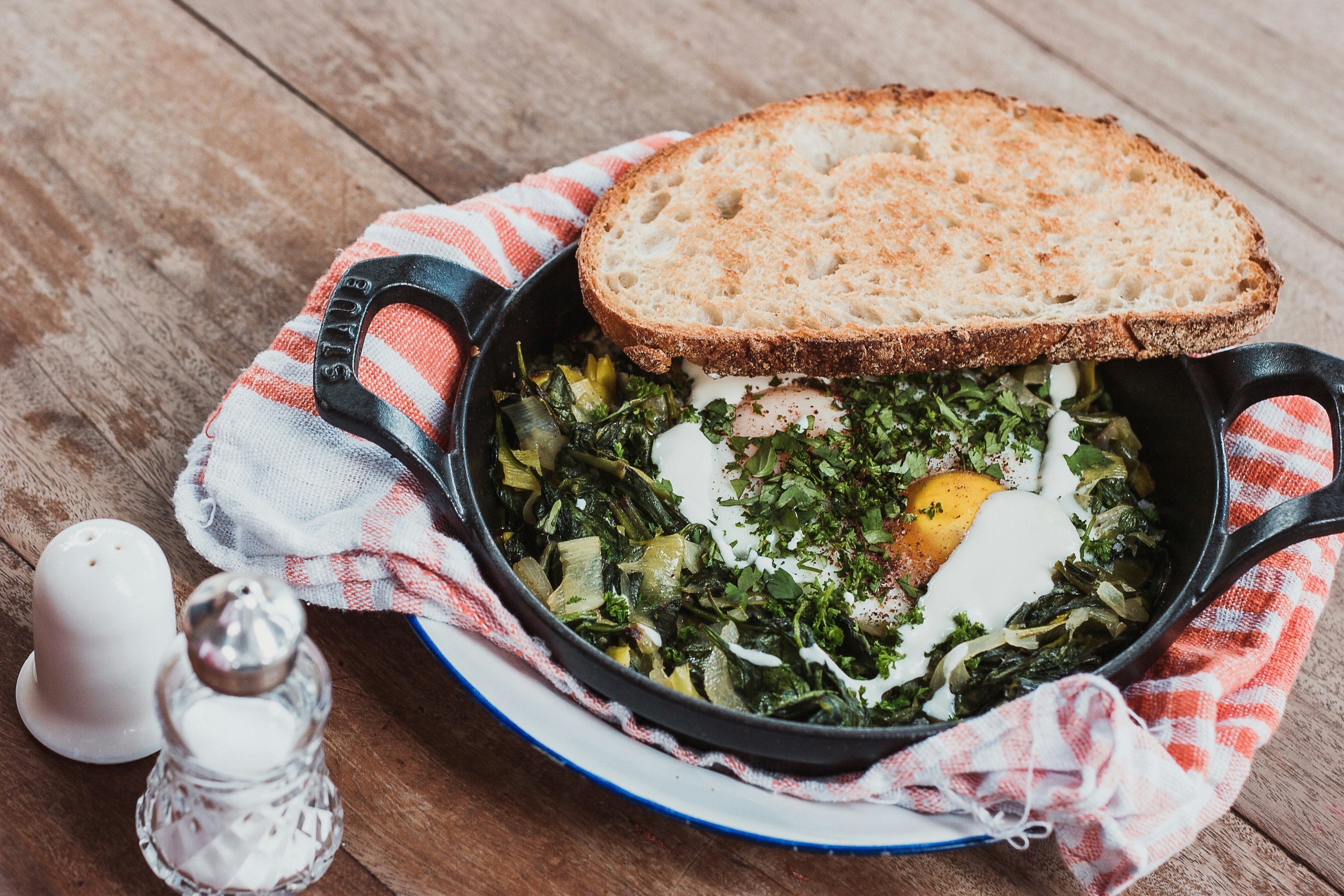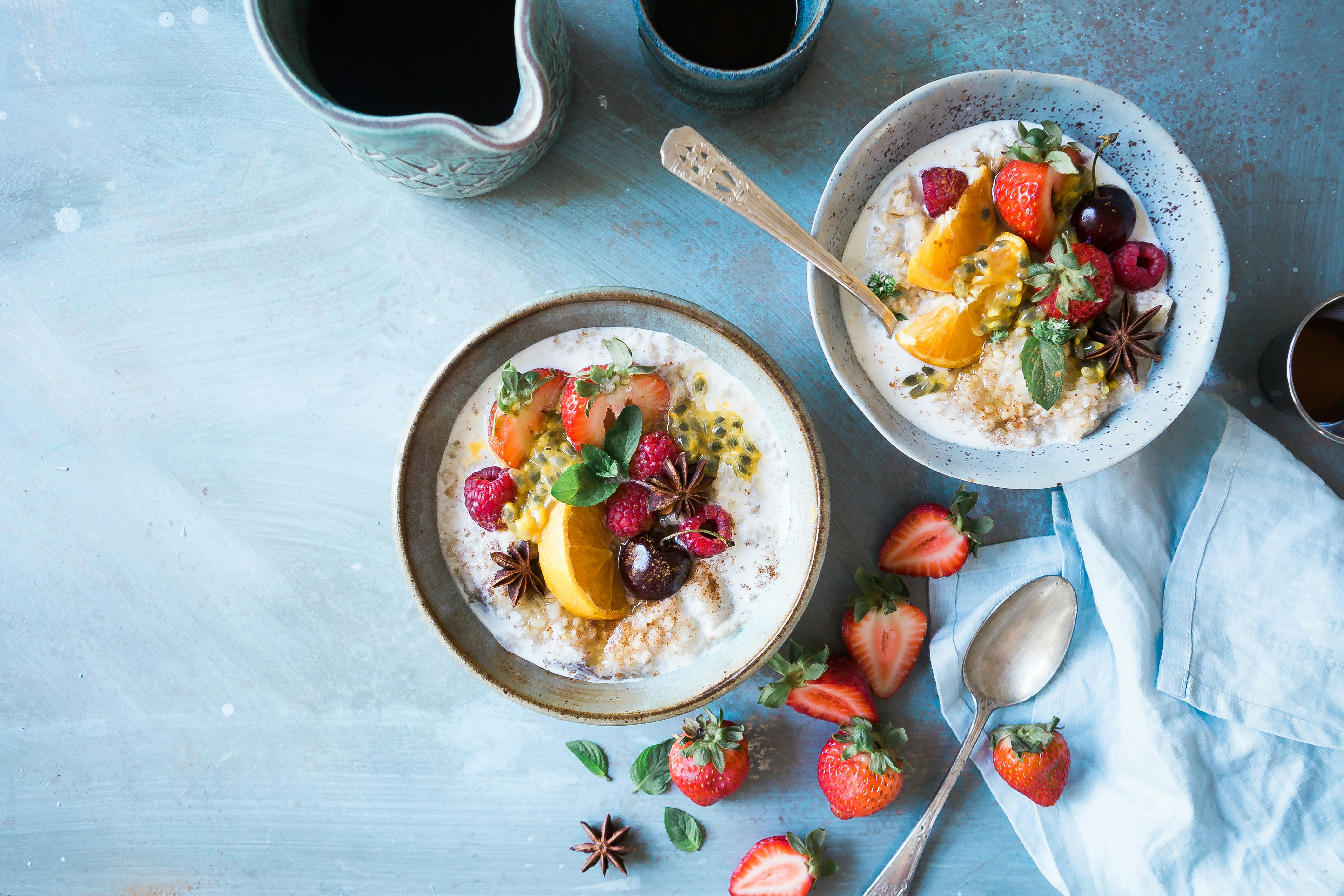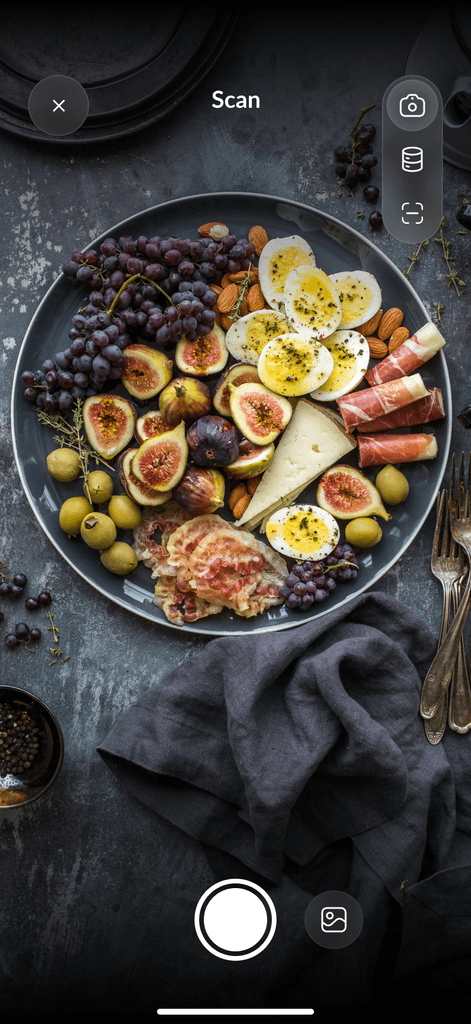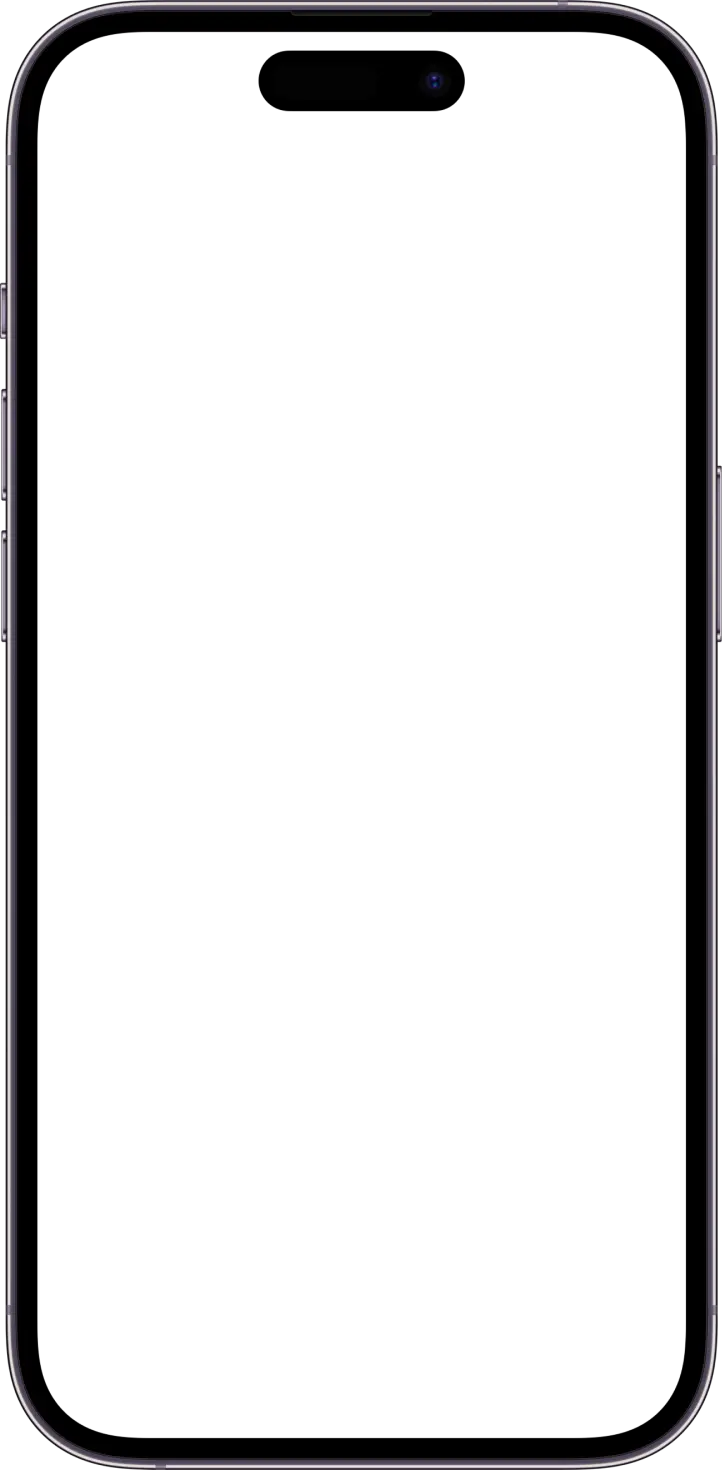When tracking calories, you might ask, "What are macros and micros?" This is because counting calories isn't just about reducing the total number of calories you eat. It's also about understanding the types of foods you eat and their nutritional content.
For example, do minerals have calories? The answer is no, but they help your body function properly so you can maintain your health and reach your weight loss goals. This post will explain why minerals don’t have calories, how they affect your diet, and more.
Table of Content
Do Minerals Have Calories

Minerals are essential nutrients the body requires to perform various functions, such as building strong bones and teeth, regulating body fluids, and converting food into energy. However, minerals do not provide calories, which come from macronutrients like carbohydrates, proteins, and fats.
Each gram of carbohydrate and protein provides approximately four calories, while each gram of fat provides about nine calories. In contrast, micronutrients—including minerals and vitamins—do not contribute to the caloric content of foods. They are needed in small amounts to support various physiological functions, but do not supply energy directly.
It's important to note that while minerals are calorie-free, the foods that contain them may also include macronutrients that provide calories. For example, dairy products are rich in calcium (a mineral) and contain proteins and fats, contributing to their caloric content. Therefore, when consuming mineral-rich foods, the overall calorie intake depends on the complete nutritional composition of those foods.
Importance of Minerals in Diet

Calcium: The Bone and Blood Helper
Calcium plays crucial roles in nerve function, muscle contraction, blood clotting, and building strong bones. About 99% of calcium is stored in the bones and teeth as a structural component. The remaining calcium is found in blood and soft tissues, where it helps regulate many vital functions.
Chloride: The Balancer
Chloride helps maintain proper blood volume, blood pressure, and pH of our body fluids. It also aids in digestion by forming hydrochloric acid in the stomach.
Copper: The Blood Booster
Copper is essential for forming hemoglobin, the protein that carries oxygen in the blood. It also helps with the functioning of the nervous and immune systems and contributes to iron absorption.
Iodine: The Thyroid Regulator
Iodine is crucial for the normal functioning of the thyroid gland, which regulates metabolism, growth, and development. It also helps maintain healthy brain function and promotes normal cell growth and development.
Iron: The Oxygen Transporter
Iron is essential for transporting oxygen to all parts of the body. It’s also vital for producing and storing the energy for further metabolism.
Magnesium: The Energy Mineral
Magnesium produces energy from food molecules and helps create the structure for healthy bones. It also helps regulate the functioning of the muscle and the nervous system.
Manganese: The Water Regulator
Manganese is essential for maintaining water balance in the body. It also aids in controlling nerve impulse transmissions.
Sodium: The Fluid Regulator
Sodium is best known for regulating blood pressure and volume. It helps maintain cellular osmotic pressure, which is vital to fluid balance in the body.
Sulfur: The Protein Mineral
Sulfur is important for protein synthesis and helps protect cells from damage. It also promotes skin loosening and shedding.
Phosphorus: The Energy Mineral
Phosphorus is essential for storing and using energy in the body. It also works with calcium to form strong, healthy bones and teeth.
Potassium: The Muscle Mineral
Potassium helps regulate fluid balance, controls nerve impulses, and controls muscle contractions. It also assists in maintaining the proper functioning of the muscular and nervous systems.
Zinc: The Immune Booster
Zinc is essential for immune function and wound healing. It also forms strong bones, controls the functioning of the sense organs in the nervous system, and regulates cell division and reproduction.
Related Reading
• How Long in a Calorie Deficit to See Results
• How to Use a Food Scale to Lose Weight
• Can You Eat Pizza on a Diet
• Do Carbs Make You Fat
• Why Am I Not Losing Fat in a Calorie Deficit
• What Are Net Calories
• Is the Fitness App Accurate
• How Many Calories Below Bmr to Lose Weight
15 Mineral-Rich Foods to Add to Your Diet

Let’s dig into some of the most mineral-rich foods you can add to your diet, packed with essential nutrients.
1. Almonds
First up in foods high in minerals: almonds. These nutrient-filled nuts are a popular, satisfying snack and contain a host of essential minerals like:
Calcium
Copper
Iron
Magnesium
Manganese
Potassium
Phosphorous
A 100-gram (g) serving of almonds provides up to 21% of the recommended daily value of Calcium. Calcium is crucial for maintaining healthy bone density. A handful of almonds is also chock-full of Manganese, a trace mineral essential for supporting strong bones — 100 grams provides up to 95% of the recommended daily value.
2. Pumpkin Seeds
Pumpkin seeds are the top choice when it comes to foods with minerals. These tasty seeds are a good source of Iron, Magnesium, Copper, Phosphorus, Potassium, Selenium, and Zinc. Just 100 grams of pumpkin seeds will give you about 94% of the daily recommendation for phosphorus and 69% of the DV for Zinc.
Your body needs Phosphorus to help eliminate waste and repair damaged tissues. Zinc helps support immune health. According to a 2022 review of 43 studies, there is evidence that Zinc supplementation may improve mood.
3. Sesame Seeds
Small but mighty, sesame seeds are another powerhouse food source for minerals like Calcium, Iron, Magnesium, Manganese, Phosphorus, Sodium, and Zinc. Sprinkle them atop your next salad to replenish your Manganese stores — 100 grams will provide you with more than the recommended daily value. Eating foods rich in Manganese with amino acid-rich foods like whole grains, nuts, seeds, fish, quinoa, and legumes helps your body better metabolize protein.
4. Chia Seeds
These teeny tiny seeds don’t just add a nice crunchy texture on top of yogurt bowls and smoothies, but they also pack a mighty punch nutrient-wise. 100 grams of chia seeds contain the daily recommended amount of Copper, Manganese, and Selenium. Selenium is essential for regulating your thyroid hormones and preventing oxidative damage due to factors like stress.
5. Mulberries
Data suggests that Iron deficiency is the most common nutrient deficiency, affecting about 30% of people worldwide. Iron is crucial for growth and hormone production. A lack of it can show up as fatigue, headache, and weakness. These sweet, edible berries that look very similar to blackberries make an excellent oatmeal topping and are a good source of Iron.
6. Cacao
Add cacao powder to your next smoothie to get a solid dose of Iron, Magnesium, phosphorus, and Zinc. Cacao differs from processed cocoa powder because it has a slightly bitter but richer flavor. It’s also more nutritious, containing about 500 milligrams (mg) of Magnesium per 100 g — more than 100% of the DV. Magnesium is an essential mineral for nerve and muscle function.
Magnesium supports nerve signal transmission in the brain. One recent questionnaire-based study found a link between higher Magnesium intake and larger brain volume, suggesting that the mineral plays a role in cognitive health and has neuroprotective effects.
7. Bananas
You probably already know that bananas are full of Potassium, but did you know they’re also a good source of Manganese? Balanced Potassium levels are critical for regulating blood pressure, and Manganese plays a role in cholesterol and glucose metabolism.
8. Figs
These rich-tasting fruits pair well with nuts and seeds, and are excellent sources of essential vitamins. Figs also contain 8% of the daily recommended amount for the trace mineral Copper. Copper is critical for maintaining connective tissue, the immune system, and blood vessel health.
A 2022 analysis of the 2011-2018 National Health and Nutrition Examination Survey (NHANES) results noted a link between adequate Copper intake and a lower risk of heart attack in high-risk people like older women and those with high blood pressure.
9. Avocado
According to a 2018 review, evidence suggests that a diet high in Potassium can help decrease the risk of heart disease and stroke. Avocados are a good source of healthy fats, Copper, and Potassium. A 100-gram serving will net you 21% of the daily recommended intake for Copper and 10% DV for Potassium.
10. Spinach
When it comes to nutrition, green is good. The greener, the better. Dark leafy greens like spinach are packed with nutrients like antioxidants and, yes, minerals, including Iron, Copper, Manganese, Magnesium, and Potassium. Forget an apple a day. A bunch of spinach a day may help you avoid viral illnesses thanks to the immune-supporting effects of minerals like Copper. Add this immune-balancing food and other green cruciferous vegetables to boost your diet with essential nutrients.
11. Kale
Dare we say kale is leafy green royalty? If you choose kale as your salad green, you get a dose of Calcium in addition to essential vitamins — 20% of the daily recommended amount. If you’re not a fan of kale, you can add other leafy greens or green vegetables to your plate to reap similar benefits.
12. Seaweed
We like to think of seaweed as the leafy green of the sea. It’s one of the only plant-based sources of Vitamin B12, and it contains high amounts of Manganese — a mineral that, like Calcium, helps with bone formation and supports strong bones. You’ll also get some Zinc and Iron from eating seaweed salad or chips.
13. Sweet Potatoes
Sweet potatoes are a great addition to a colorful plate of food. Their orange color signals the presence of beta-carotene (aka Vitamin A), but these brightly colored tubers also contain Copper, Magnesium, and Manganese.
14. Broccoli
Aside from the apparent vitamin content, broccoli is a decent source of Copper, providing around 10% of the daily recommended value per 100 grams.
15. Quinoa
This nutrient superhero grain contains all nine amino acids and is an excellent source of several minerals, including: Manganese, Copper, Magnesium, Phosphorus, Zinc, Iron, Potassium, and Selenium.
Download DietAI Today for 80% Off!
DietAI transforms calorie counting with our AI calorie counting app. Take a picture of your food, and our app instantly analyzes your meals from a simple photo, delivering accurate calorie and macro information without manual logging. Beyond photo recognition, the app provides comprehensive progress tracking, personalized nutrition insights tailored to your goals, and convenient barcode scanning for packaged foods.
Whether you are trying to lose weight, gain muscle, or simply maintain a balanced diet, DietAI makes nutrition tracking effortless by eliminating the tedious aspects of traditional food journaling. Download now to effortlessly track your calories and macros with DietAI, the AI-powered app that makes logging meals as simple as snapping a photo. Download today for 80% off!
Related Reading
• Carnivore Macros for Weight Loss
• How to Track Calories When Eating Out
• Weight Watchers vs Calorie Counting
• Macros for Mediterranean Diet
• How to Stick to a Calorie Deficit
• Losing Weight and Gaining Muscle
• How to Track Alcohol Macros
• Macros for 1200 Calorie Diet
• Intermittent Fasting and Macros
• Macros for Pcos Weight Loss
• Paleo Macros
How to Count Calories for a Balanced Diet

1. Use DietAI to Count Calories for a Balanced Diet
Calorie counting just got way more manageable thanks to DietAI. This AI-powered app lets you take a picture of your food, analyzes it, and immediately delivers accurate calorie and macro information, eliminating tedious manual logging. The app even recognizes packaged foods! Beyond photo recognition, DietAI provides comprehensive progress tracking, personalized nutrition insights tailored to your goals, and convenient barcode scanning for packaged foods.
Whether trying to lose weight, gain muscle, or simply maintain a balanced diet, DietAI makes nutrition tracking effortless by eliminating the tedious aspects of traditional food journaling. Download now to effortlessly track your calories and macros with DietAI, the AI-powered app that makes logging meals as simple as snapping a photo. Download today for 80% off!
2. Estimate Your Total Calorie Requirements
There are four main formulas for estimating calorie requirements. The Mifflin-St Jeor Formula is my preferred method for estimating total daily energy expenditure because a systematic review has shown it to be the most accurate. I have used this formula on myself and various clients over my 10 years as a personal trainer, and so far, it hasn’t let me down.
The Formula
Male: (10 x weight kg) + (6.25 x height cm) - (5 x age) + 5
Female: (10 x weight kg) + (6.25 x height cm) – (5 x age) - 161
Example
Alex is a 30-year-old 80kg male at 180cm in height: (10 x 80) + (6.25 x 180) - (5 x 30) + 5 = 1,780
3. Multiply the Above Figure by Your Activity Level
The number calculated above is for the version of yourself that does not exercise at all. You need to factor in the calories you burn for someone more active. They will need more calories each day and vice versa for someone less active.
Multiply your total calorie requirements (Step 1 total) by one of the points below that best aligns with your everyday activity level.
Activity Levels
Sedentary (little or no exercise, desk job) x 1.2
Lightly active (light exercise/sports 1-3 days/week) x 1.3-1.4
Moderately active (moderate exercise/sports 3-5 days/week) x 1.5-1.6
Very active (hard exercise/sports 6-7 days per/week) x 1.7-1.8
Extremely active (very hard daily exercise/sports & physical job or twice a day training) x 1.9-2.0
Example
Alex trains 4 times per week (moderately active), so to calculate his daily calories, we need to multiply his required calorie count, 1,78,0 by 1.5-1.6. For this example, we will choose 1.6 because Alex sometimes trains a little more than 4 times per week:
1,780 x 1.6 = 2,848 calories (this would be our approximate maintenance calories)
4. Setting Macronutrient Targets to Meet These Calories
Now you know how many calories you need daily if you stick to the same activity level. The next step is to set mini targets (protein, carbohydrates, and fat) in your total calorie target.
Protein Targets
Standard requirement: 2-3 grams of protein per kilogram of body weight
Muscle growth requirement: 2-2.5 grams of protein per kilogram of body weight
Fat loss requirement: 2.5-3 grams of protein per kilogram of body weight
There are 4 calories per 1 gram of protein, so when calculating your calorie intake, you must multiply your total grams of protein by 4.
Example 1
Alex wants to lose fat and grow muscle, so the equation we would use for him is:
2.5 x 80 (bodyweight) = 200 grams of protein (x4 = 800 calories)
If you are on a journey to get to a specific weight, calculate your protein based on your goal weight, not your current weight.
Fat Targets
There are 9 calories per 1g of fat, so when calculating your calorie intake, you must multiply your total grams of fat by 9.
- Standard requirement: 0.7- 1.1g of fat per kilogram of body weight.
Example
Based on the foods Alex enjoys eating (e.g., avocados, nuts, trimmed bacon) he is closer to a diet that is higher in fat, which is why we’ll choose the higher amount (1g) to calculate his calories:
1 x 80 = 80g of fat (720 calories).
Carbohydrate Targets
Fill in the rest of the calories remaining with carbohydrates. There are 4 calories per 1 gram of carbohydrates, so when calculating your calorie intake, you must multiply your total grams of carbohydrates by 4.
Example
Alex has a total of 2,848 calories. He’s used up 800 on protein and 720 on fat, so he has 1,328 calories left. Divide the remaining calories by 4 to find out how many grams of carbohydrates you can include in your diet:
1,328 divided by 4 = 332 grams of carbohydrates
Download DietAI Today for 80% Off!
Macros, short for macronutrients, are nutrients the body needs in large amounts for energy and to support health. There are three main types of macros: carbohydrates, proteins, and fats. Each macro plays a unique role in the body. Carbs break down into glucose, which fuels the brain and provides energy for physical activity. Protein comprises amino acids, which help build, repair, and maintain cells, including muscles.
Fats, or lipids, support several bodily functions, including hormone production and nutrient absorption. Different foods contain varying amounts of each macro. For example, fruits and grains are primarily carbs, while chicken and beans are protein sources. Peanut butter contains protein and healthy fat but is also high in calories. All foods can fit into a balanced diet, but understanding their nutritional profiles can help you meet specific health and fitness goals.
What Are Micros?
Micronutrients are vitamins and minerals, which are essential for numerous bodily functions. Unlike macronutrients, the body only needs these nutrients in small amounts. Vitamins and mineral deficiencies can lead to health issues hindering athletic performance and recovery. For example, calcium and vitamin D help maintain strong bones, while several B vitamins aid energy metabolism.
Different foods contain varying amounts of micronutrients. For instance, leafy greens are high in calcium and vitamin K, while animal proteins are good sources of B vitamins. Micronutrients are crucial for overall health and extend to athletic performance and recovery. A diet lacking vitamins and minerals can lead to poor performance, increase injury risk, and hinder recovery.
DietAI transforms calorie counting with our AI calorie counting app. Take a picture of your food, and our app instantly analyzes your meals from a simple photo, delivering accurate calorie and macro information without manual logging. Beyond photo recognition, the app provides comprehensive progress tracking, personalized nutrition insights tailored to your goals, and convenient barcode scanning for packaged foods.
Whether you are trying to lose weight, gain muscle, or simply maintain a balanced diet, DietAI makes nutrition tracking effortless by eliminating the tedious aspects of traditional food journaling. Download now to effortlessly track your calories and macros with DietAI, the AI-powered app that makes logging meals as simple as snapping a photo. Download today for 80% off!
Related Reading
• Vegan Macros
• Endomorph Macros for Fat Loss
• Hitting Macros but Not Calories
• Ketosis vs Calorie Deficit
• Macros for Menopause Weight Loss
• Macros for Bariatric Patients
• Nutracheck vs Myfitnesspal
• Noom vs Myfitnesspal
• MacroFactor vs Carbon


